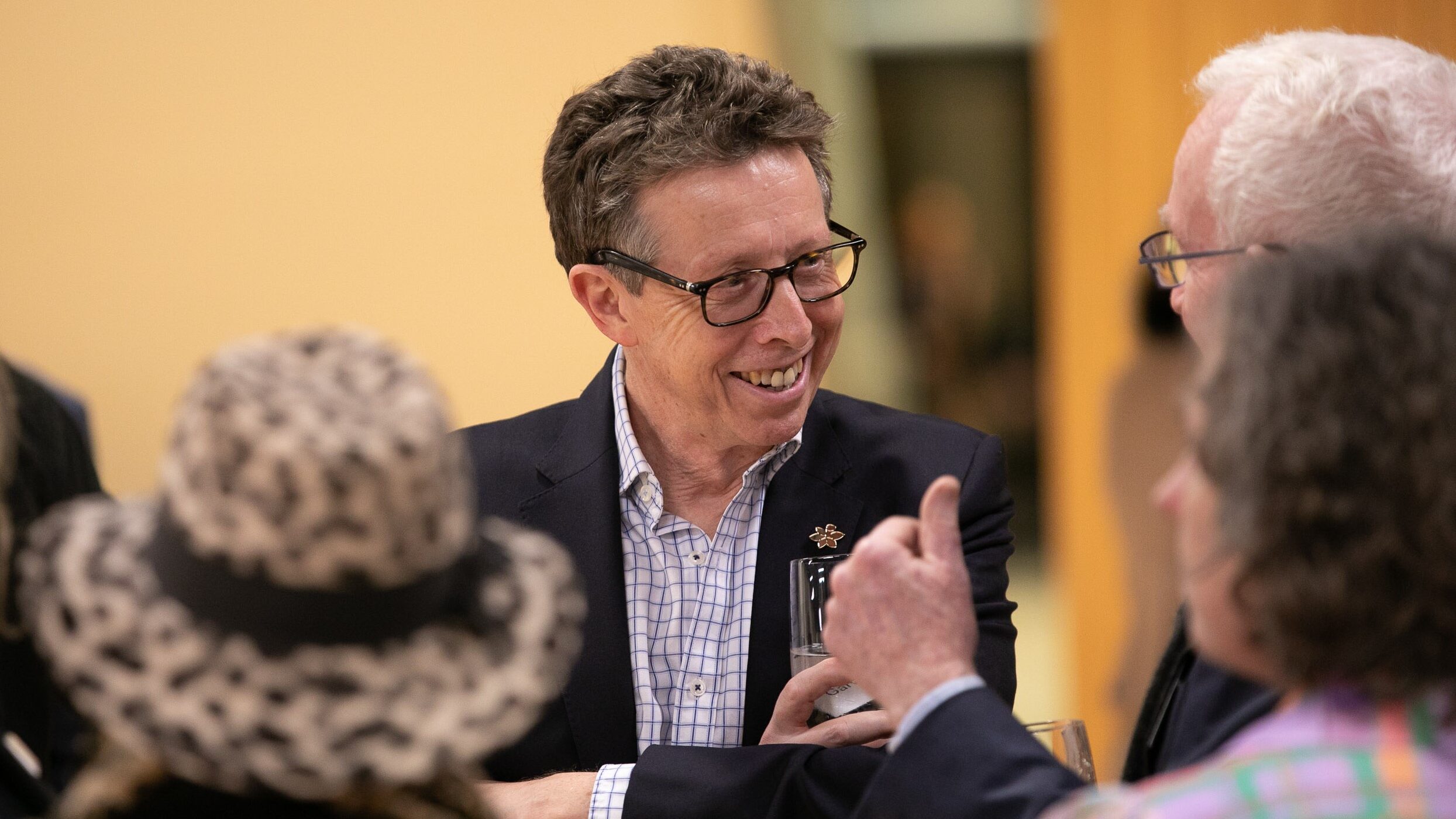
Every August, communities around Australia come together to spread hope and support Daffodil Day.
Now in its 38th year, Daffodil Day is Cancer Council's most iconic fundraising campaign.
Daffodil Day is Australia's day to give to cancer research like Associate Professor David Croucher's project, 'Blocking the spread of triple negative breast cancer'.
Triple-negative breast cancer is an aggressive subtype of breast cancer that accounts for around 15-20% of all breast cancer cases in Australia. There are no targeted treatments for this form of breast cancer, so the risk of the cancer spreading to other parts of the body - commonly the lungs, brain or bone - is much higher.
In this blog, Associate Professor David Croucher talks about his research into improving outcomes for those diagnosed with triple negative breast cancer (TNBC).
Can you explain your research project?
In collaboration with other Garvan researchers, we looked into new treatment options for triple-negative breast cancers that have spread. We focused on a specific pathway of signals between cells that are highly active in triple-negative breast cancer but not found in healthy cells.
This signalling pathway is essential for the growth and spread of triple-negative cancer cells, so we looked for a way to block this activity and two drugs are already showing promise.
If you had to explain this project to a 10-year-old, what would you say?
Cancer is a disease that happens in lots of people, both young and old. The worst part about it, is that the cancer cells can spread all throughout your body. We go to work every day to try and find better ways to treat people with cancer by stopping these cells from growing and stopping the cancer from returning.
Can you tell us about the progress of your project?
Phase 1
Objective: Using advanced imaging technology and expertise only available at the Garvan Institute, we aimed to confirm the ability of existing HDAC inhibitors to block the pathways that are responsible for the growth of disseminated triple negative breast cancer cells (TNBC), directly within the lungs of living mice.
Outcome: In collaboration with other researchers at Garvan Institute, we've been able to establish this advanced imaging technology and directly image the activity of oncogenic pathways in TNBC cells directly within the lungs of mice. Our work with HDAC inhibitors has revealed how incredibly complex these pathways are and the counter-intuitive behaviour that they display.
Phase 2
Objective: We aimed to use our established mouse breast cancer models to confirm the ability of these drugs to prevent the growth of metastatic TNBC cells within multiple organs, both alone and in combination with frontline chemotherapy drugs.
Outcome: Our initial results in this project provided crucial information about the use of HDAC inhibitors for the treatment of metastatic TNBC and have lead us towards the development of more specific approaches that are capable of inhibiting single HDAC enzymes.
What is next for you?
Our work in attempting to prevent the growth of triple negative breast cancer metastases will continue once this project is over. We're taking multiple different approaches to targeting the key pathways involved in promoting metastatic outgrowth and aim to progress these to the clinic as quickly as possible.
Would you say that you have moved any closer to achieving your vision?
We are pursuing multiple angles, all aimed at preventing the growth of metastatic TNBC. We hope that we will be in a position to start testing these ideas within clinical trials and start improving outcomes for these patients.
Do you have a message for Cancer Council supporters this Daffodil Day on 22 August 2024?
All of our work trying to find new treatments for cancer is supported by grants and funding that comes from your generous support. We couldn't do this without you!
For all that cancer takes, please give to lifesaving cancer research this Daffodil Day.






